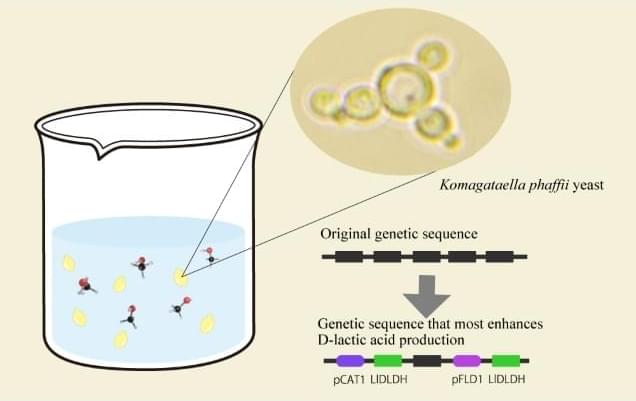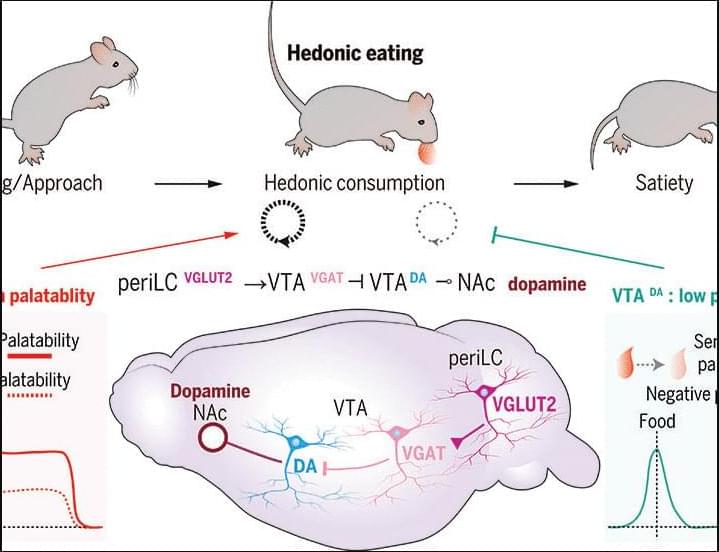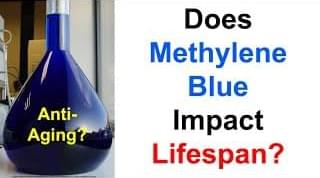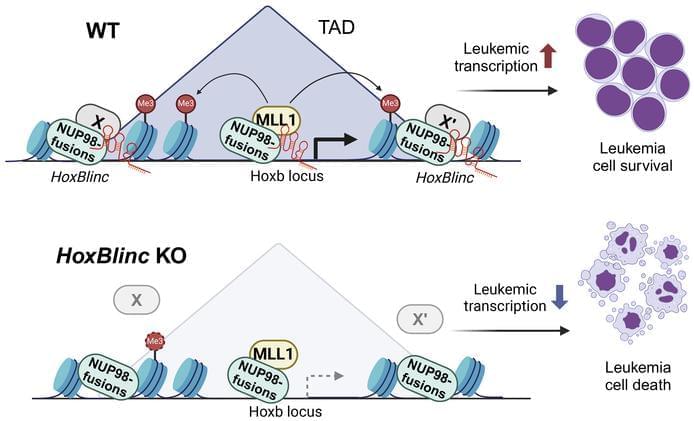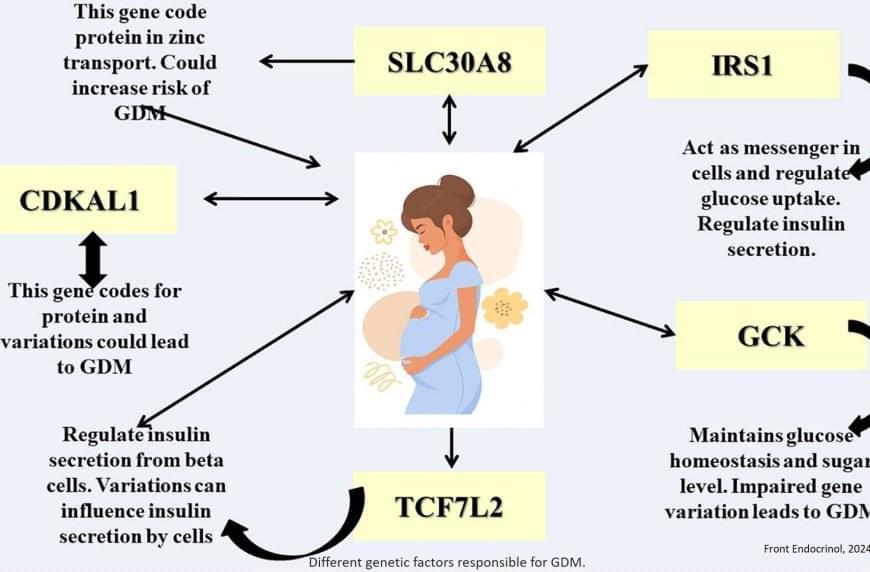Constructed strain achieves record-high yield from methanol, advancing ecofriendly biomanufacturing. Researchers from Osaka Metropolitan University have discovered the ideal genetic “recipe” to turn yeast into a tiny yet powerful eco-friendly factory that converts methanol into D-lactic acid, a key compound used in biodegradable plastics and pharmaceuticals.
This approach could help reduce reliance on petroleum-based processes and contribute to more sustainable chemical production.
Lactic acid is widely used in food, cosmetics, pharmaceuticals and bioplastics.
